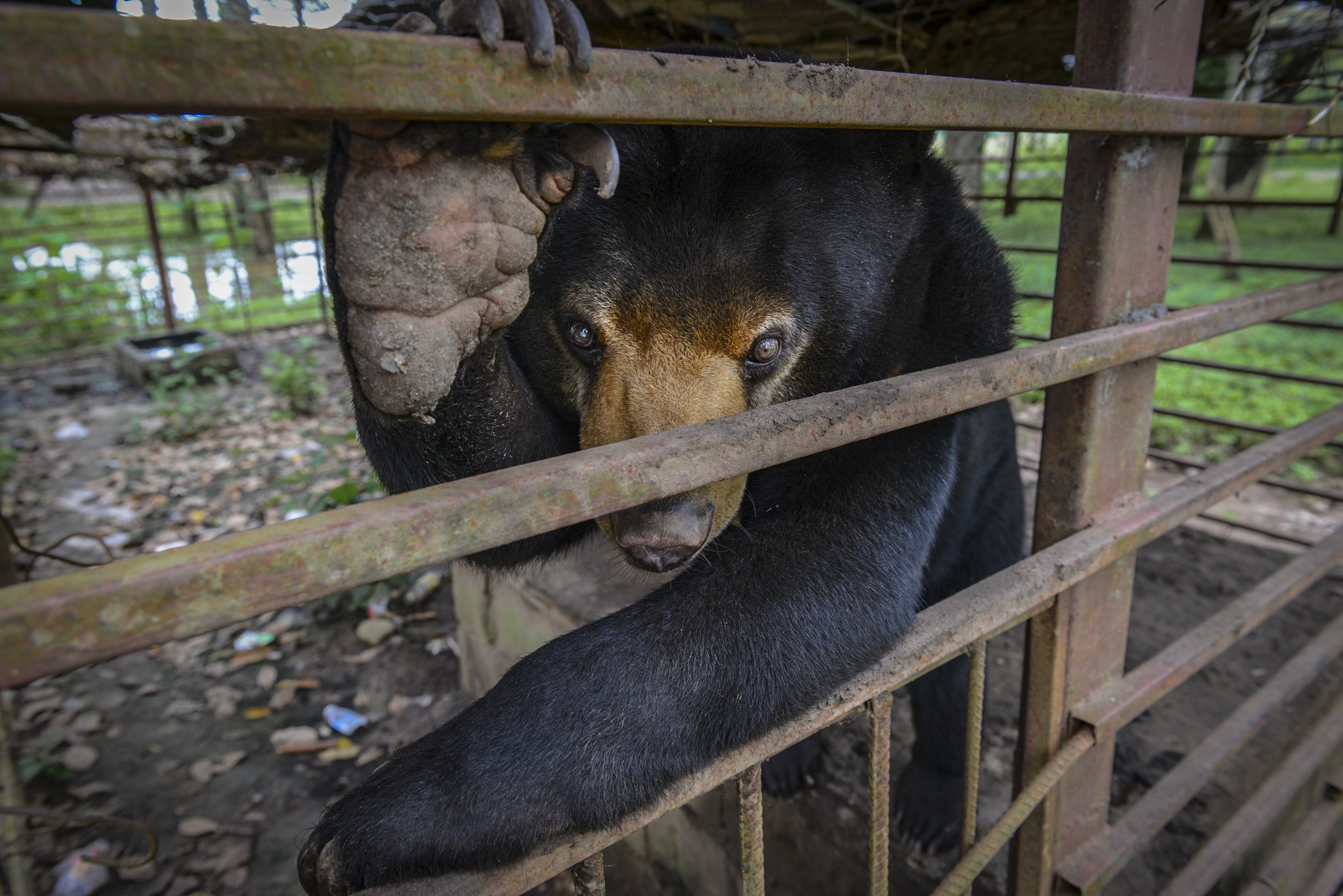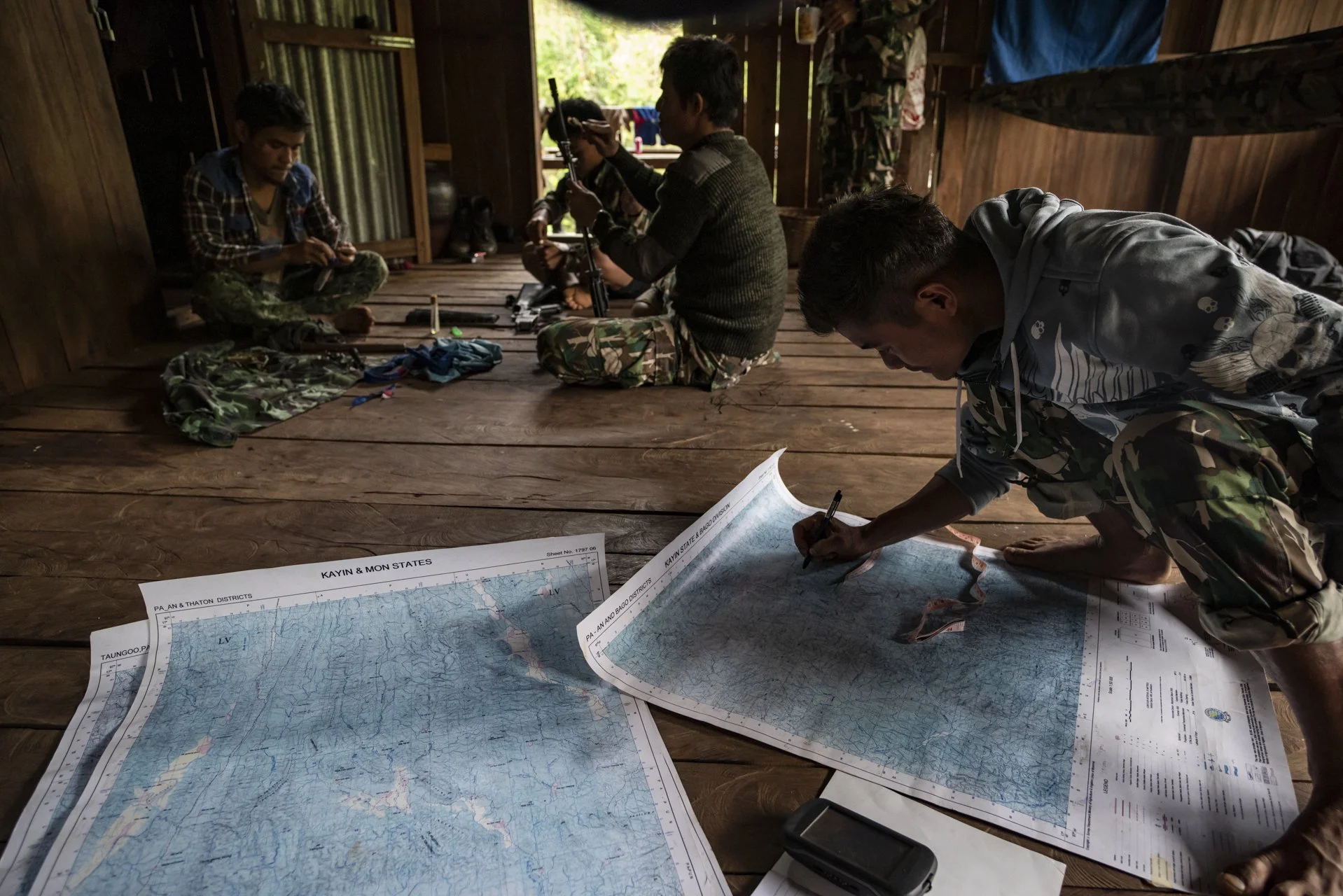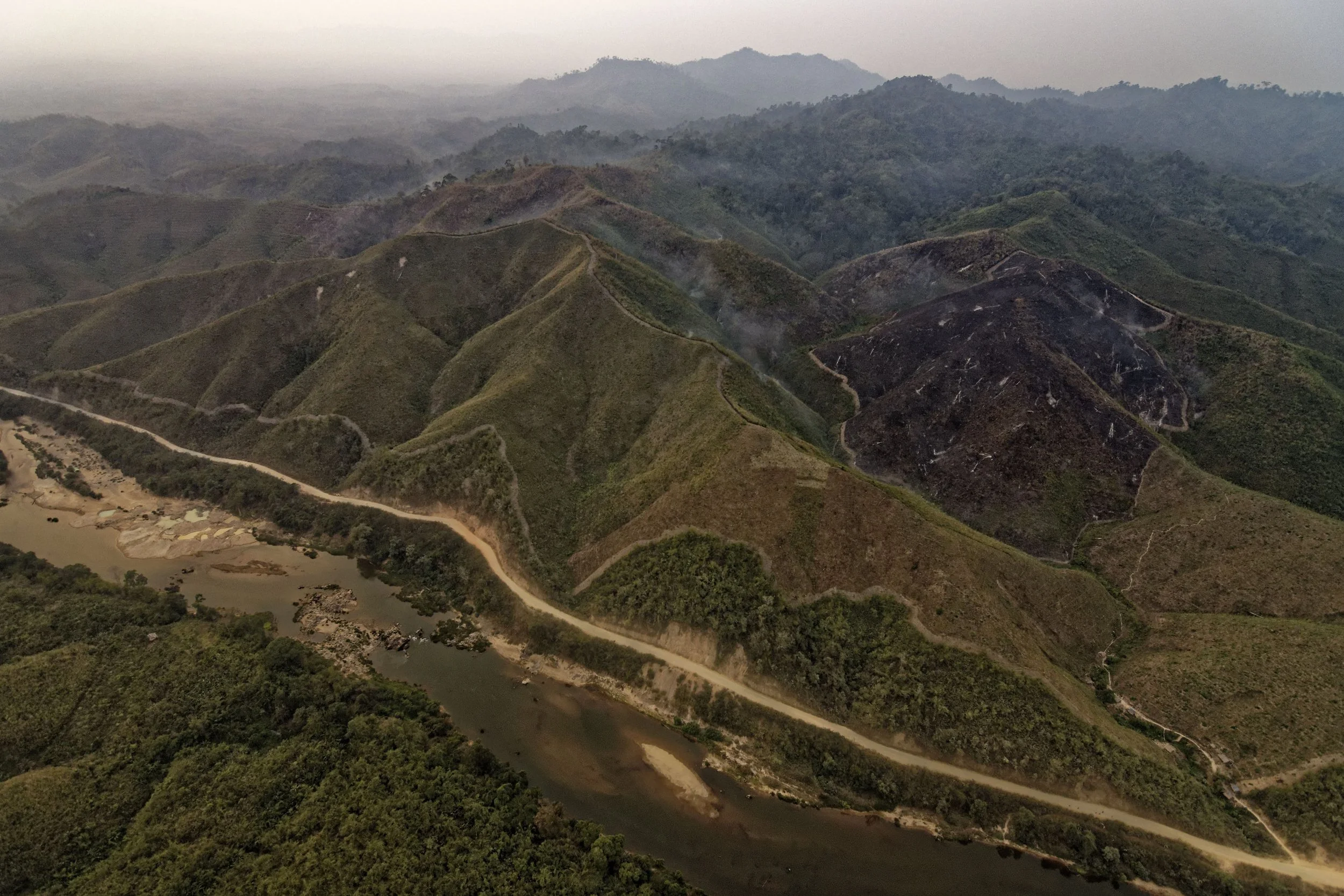-
Wildlife 1 Conservancy has over 25 years of extensive experience monitoring and reporting wildlife trade and trafficking issues throughout Asia and beyond.
Less than nine percent of the earth has been set aside for protected areas and there is constant pressure from rampant development and commercial activities to reduce these areas even further. Poaching and the black market trade in wildlife has become a massive, multi-billion dollar global business, with trafficking routes extending from remote national parks and protected areas where animals are extracted, to major urban centers where they are sold and consumed.
Earth was until recently covered largely in ancient forests rich with an incredible diversity of species. People enjoyed oceans, rivers and wetlands full of fish and forests teaming with a seemingly endless amount of natural resources that were an integral part of culture and society.
Now in a world of diminishing returns we face an unprecedented human challenge. Climate change and the loss of species due to wildlife trade and habitat loss is now threatening the fundamental viability of ecosystems. The business of selling wildlife is so rampant and the volumes involved so large there is a real and imminent threat that if it is not stopped or significantly reduced very soon we will lose the biodiversity that is essential for earth to function. Biodiversity is fundamental to human survival on this planet. It is fundamental to the survival of all species and the single most important asset we have.
-
From the great plains of Africa to the steamy jungles of Asia and south America, elephants, lions, rhinos, pangolins and other rare creatures are being trafficked to feed the insatiable appetite for endangered species. Demand for traditional medicine, exotic pets, zoos, jewelry or status symbols is what drives the trade. And the rarer the species, the higher the price and the bigger the profits. The impact of the trade has been devastating. In the past 50 years, wildlife populations have plunged by a staggering 70%. Currently 25% of mammals and 40% of amphibians are at risk of extinction with just 3% of the world’s primary ecosystems remaining. Yet wildlife is critical to the well-being of the planet. Hundreds of millions of years of evolution means that every species plays a vital role in the fragile balance of nature.
When the Covid-19 pandemic erupted, shockwaves spread across the globe. By the time the crisis was over, over 7 million people were dead. Leading scientists believe the virus most likely originated from bats which carry deadly pathogens. Covid was a lesson for the world: we must stop exploiting nature or the next pandemic will be even more deadly.
-
Illicit economies in Myanmar are dramatically upscaling amidst the massive security and economic fallout of the February 2021 military coup. Valuable natural resources have been degraded and biodiversity remains severely threatened by acute lack of capacity, effective management and protection systems.
The extreme decentralization of north and eastern Myanmar makes the trafficking, trade, and consumption of wildlife difficult to monitor and control. Conservation projects and government programs at the national level are effectively non functional due to conflict and political uncertainty.
Prior to the military takeover, the government and military was also involved in illegal extraction practices, particularly in the context of natural resources such as gold, jade and timber. The country’s mining industry has been associated with environmental degradation and human rights abuses. Following the military takeover in 2021, Myanmar's diverse and highly valuable ecosystems are encountering heightened threats due to an upsurge in illicit logging, poaching and mining activities. Wildlife trade and trafficking is rampant and unregulated due to booming demand from east Asian black markets.
The crossover potential of zoonotic disease in this trade is severe. Myanmar now constitutes a critical nexus for wildlife trafficking. The large volume of trafficking and consumption in wildlife also presents a significant threat to biodiversity and human health in the region and beyond.
-
Since the military assumed control in February 2021, displacing the elected government, conservation programs have faced substantial impediments. Illegal logging and mining activities have surged, while conservation initiatives, particularly those involving indigenous communities, have regressed or been completely abandoned.
In 2019, the country shipped timber worth over USD 170 million, while in 2021, importing countries recorded USD 190 million in trade of forest products. Furthermore, it is believed that over 3 million kg of Myanmar teak has arrived in the US since 2021.
The conflict has obstructed constructive engagement between civil society, including indigenous peoples' organizations, on matters pertaining to climate change, conservation, and adaptation. Government actions, notably the intensification of mining and logging, have contributed to the existing challenges, resulting in adverse impacts on forest cover and species diversity. In the two decades prior to 2022, the country lost a shocking 7,030 km2 of humid primary forest and 11% of its tree cover.
-
Communications play a crucial role in conservation. Using still and time-based visual media, we integrate content into powerful communications strategies and products to create critical awareness, influence policy and empower a new generation of conservation and advocacy.
Photographic storytelling is crucial for wildlife conservation. When so many of us are living in cities, alienated from nature and wildlife, powerful photography reaches people in a way that no other medium can.
Nature underwrites our existence yet it is taken for granted. As we know, when people are faced with animal stories, they feel awe and beauty and connection. Images can reach people on a visceral and intimate level and, at the same time, highlight the true nature and consequence of trafficking wildlife and the critical importance of conservation.
-
Media is an important tool to generate awareness and disseminate information on important conservation issues. Wildlife 1 has collaborated with many international conservation organisations and media companies to produce content, reports and analysis on conservation issues in Asia.
-
The Indo-Burma Hotspot is the most threatened of the earth’s 34 biodiversity hotspots, based on the proportion of original habitat remaining. Threats to many species, sites and landscapes are immediate and severe. Poverty alleviation is central to the achievement of long term conservation goals. Most of Asia’s threats to primary habitats are linked to poverty and conflict, which drives urgent short-term needs that eliminate long-term opportunities for sustainable development. Much of the livelihood of indigenous communities is dependent on a healthy natural resource base and the variety of products that a productive ecosystem provides.
Unemployment fuels human migration, ethnic tensions, poaching and land tenure conflicts frequently near protected areas. In Myanmar for example, timber and minerals have become currency for the purchase of arms, which are used by ethnic groups and communities in to defend their territory and local environment. Infrustructure to accommodate logging and mining enterprises contributes largely to deforestation, hunting and poaching and the destruction of biodiversity. The restoration of forests is an integral component for sustainable subsistence and conservation success.
-
Wildlife 1 Conservancy has contributed to numerous community conservation and reforestation initiatives in Thailand and Myanmar. Projects are designed to support and enable local communities to plant trees and create habitat, while also educating and empowering them with the knowledge and skills to care and protect the natural environment around them. Each project includes components of conservation ethics and core aspects of wellbeing, education and community.





